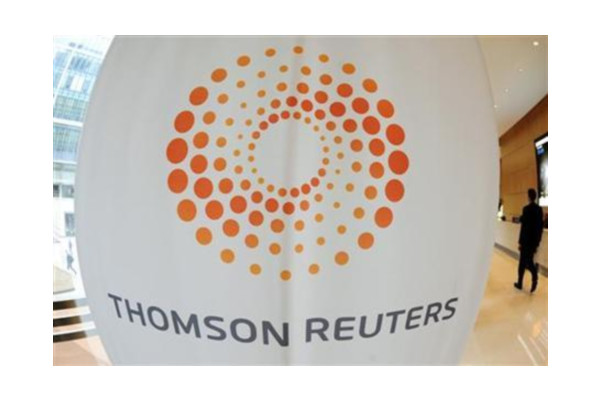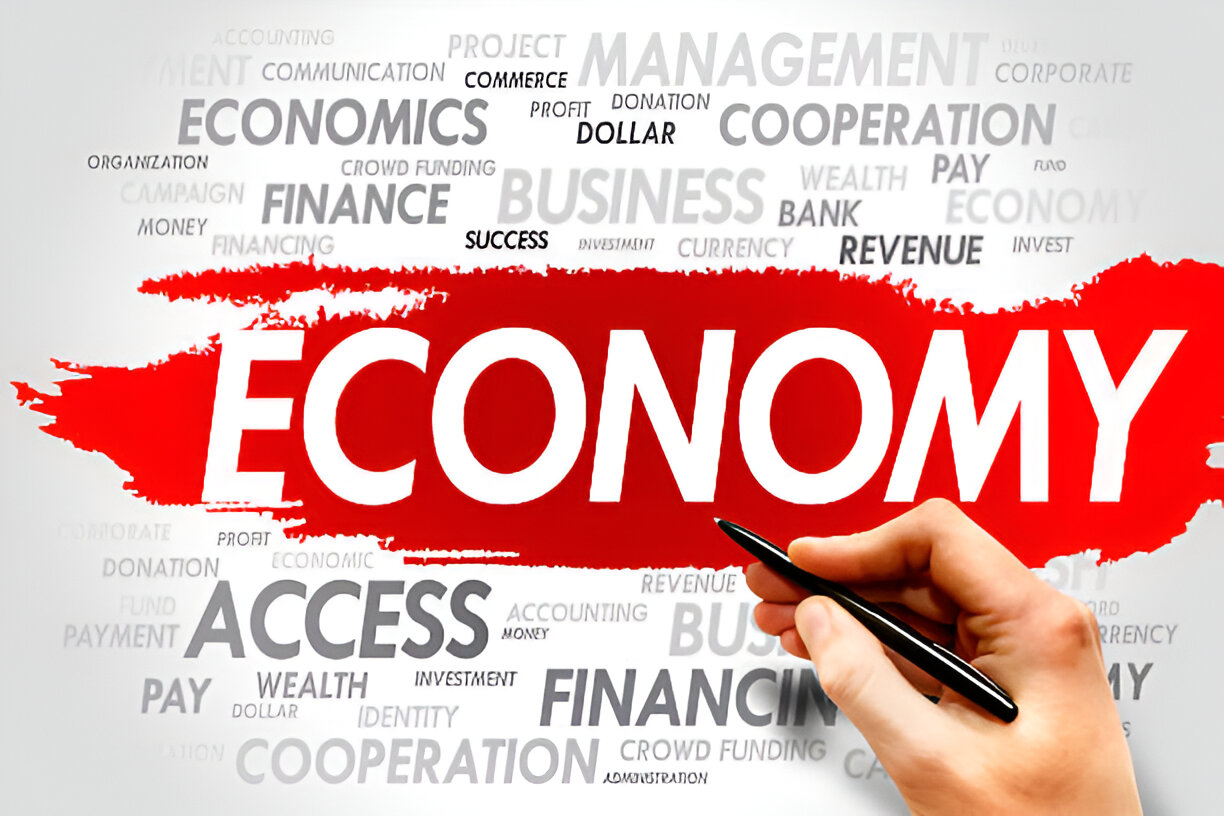When it comes to acquiring new technology, it’s difficult to stomach a hefty capital expense hit. This is especially true if you fear the technology you’re purchasing for your business may become obsolete in just a matter of years.
That’s why it may be time for your clients to consider an alternative to purchasing – financing. According to the Equipment Leasing Association, eight out of 10 U.S. companies lease some or all of their equipment. Why? Financing provides operating elasticity with less risk, while preserving your much needed cash flow. And, given the rapid rate of technology obsolescence, options that enable you to conserve cash and be more proactive with your business needs can give you a healthy bottom line boost.
Here are seven reasons your clients may want to consider leasing for their next technology acquisition:
- Tax advantages. The IRS does not consider an operating lease or a true lease to be a purchase, but rather a tax-deductible overhead expense. Therefore, you can deduct the lease payments from your corporate income. And the write-off is immediate. You don’t have to depreciate the technology investment over five to seven years.
- Balance sheet management. Because an operating lease is not considered a long-term debt or liability, it does not appear as a debt on your financial statement. This can make you more attractive to traditional lenders when you need them.
- Cash conservation. With leasing, there is very little money down – often only the first and last month’s payment is due at the time of the lease. Since a lease does not require a down payment, it is equivalent to 100% financing. That means that you will have more money to invest in revenue-generating activities.
- Flexibility. As your business grows and your needs change, you can add or upgrade at any point during the lease term through add-on or master leases. If you anticipate growth, be sure to negotiate that option when you structure your lease program. You also have the option to include installation, maintenance and other services, if needed. Be sure that your lease agreement also allows you to procure equipment from multiple manufacturers. A lease should not limit your technology choices.
- Protection for technology upgrades. If the nature of your industry demands that you have the latest technology, a short-term operating lease can help you get the equipment and keep your cash. If you lease equipment that you expect to depreciate quickly, your risk of getting caught with obsolete equipment is lower because you can upgrade or add equipment to meet your ever-changing needs. Flexible end-of-term options can also allow you to predetermine whether you plan to return the assets, renew your lease agreement or opt to purchase the equipment.
- Speed. Leasing can allow you to respond quickly to new opportunities with minimal red tape. Most of the time applications can be approved within hours so you can have your equipment very quickly.
- Lower, predictable payments. Lease payments are typically less than a loan and because you know the amount and number of lease payments at the onset, accurate and predictable cash forecasting is easy.
If you have clients that have been putting off making a new technology investment – from phone systems and laptops to major IT infrastructure and data center solutions – simply because they don’t want to take on the large capital hit, suggest that they consider financing alternatives. Equipment leasing may just give them the technical agility and financial flexibility their organization needs to improve success.
—————————
Bob Necessary is a 20 year veteran in the technology financing market with years of experience in building financing programs that save companies valued working capital, while improving cash flow and saving money. He is the division president of VeriStor Capital and can be reached by emailing bob.necessary@veristor.com.
Thanks for reading CPA Practice Advisor!
Subscribe Already registered? Log In
Need more information? Read the FAQs
Tags: Accounting, Firm Management, Income Taxes



